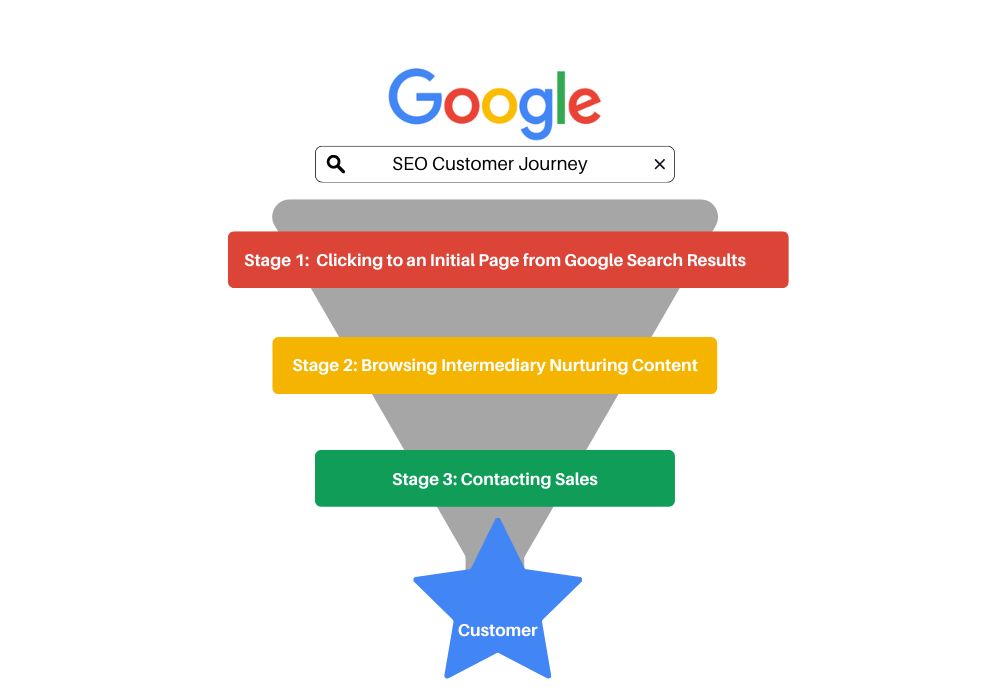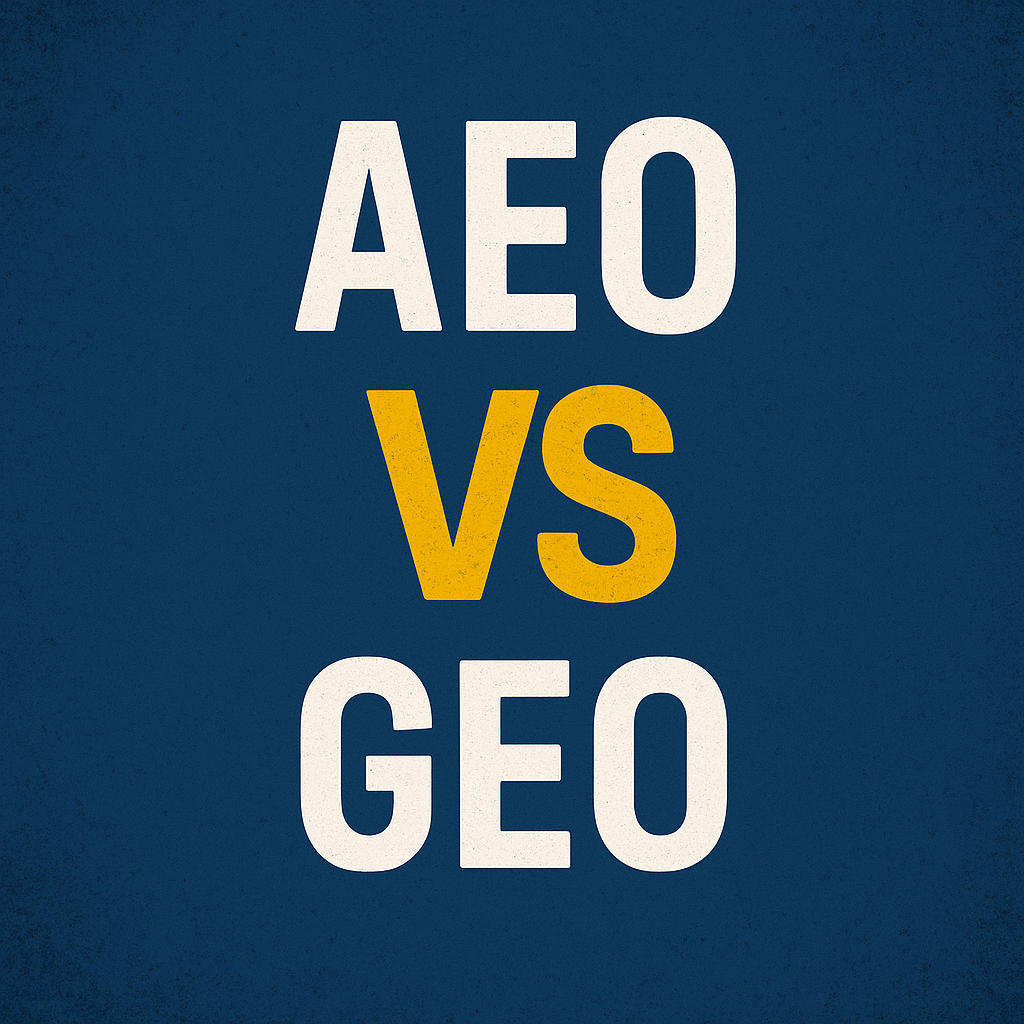How to Rank in Local SEO in 2026
To rank in local SEO by 2026, you need to optimize your Google My Business profile by utilizing all features and keeping it updated. Focus on acquiring local backlinks from reputable sources and maintain consistency in citations. Adapt your content for voice search by targeting long-tail keywords and incorporating structured data. Actively manage online reviews to build credibility and engage with your community through locally relevant content. Explore these strategies further for deeper insights.
Optimizing Your Google My Business Profile
Local SEO is built around three core pillars:
Proximity
Prominence
Relevance
To enhance your local visibility in 2026, optimizing your Google Business Profile (GBP) is essential, especially since it accounts for up to 32% of Google Maps pack ranking factors. Guarantee your GBP is complete and active, utilizing every feature available, services, Q&A, and posts. Selecting specific categories that accurately reflect your business specialization is critical for relevance. Regularly update your profile to signal activity and foster trust with potential customers. Incorporate high-quality images and encourage authentic reviews, as these act as digital endorsements, greatly impacting your ranking. Focus on local keywords in your descriptions to enhance search relevance. By mastering these strategies, you’ll position yourself effectively in a competitive local SEO landscape.
Leveraging Local Backlinks for Better Visibility
While many factors influence local SEO rankings, leveraging local backlinks stands out as a strategic approach to enhance your visibility. High-quality backlinks from local sources act as endorsements, boosting your credibility in the eyes of search engines. Target relevant local organizations, community events, or publications to acquire these valuable links. According to the 2026 Local Search Ranking Factors report, backlinks from regionally recognized websites considerably impact your rankings. Additionally, verify your citations are consistent across all platforms; discrepancies can dilute your authority. Regularly monitor your backlink profile, focusing on acquiring links that resonate with your target audience. By strategically building local backlinks, you not only improve your rankings but also foster community engagement, reinforcing your brand’s local presence.
Embracing Voice Search and Conversational Queries
Local backlinks substantially enhance your visibility, but as voice search and conversational queries become more prevalent, it’s essential to adapt your local SEO strategy accordingly. This shift demands an emphasis on natural language and question-based content. Research indicates that over 50% of searches will be voice-activated by 2026, making it vital to optimize for phrases users might verbally express. Prioritize long-tail keywords and focus on local intent, ensuring your content answers common questions directly. Implementing structured data can also enhance your chances of being featured in voice search results. By embracing these strategies, you position your business favorably in an evolving digital landscape, aligning with the growing reliance on AI-driven voice search technologies. Adapt now to stay competitive.
Utilizing Online Reviews to Build Credibility
As online reviews increasingly dictate consumer trust and purchasing decisions, leveraging them effectively can greatly enhance your business’s credibility. With review signals contributing over 15% to local pack rankings, prioritizing authentic feedback is vital. Focus on accumulating both the quantity and velocity of new reviews, as these indicate ongoing engagement. Responding to every review, positive or negative, demonstrates your commitment to customer satisfaction and fosters trust. Additionally, be cautious of fake reviews; Google penalizes deceptive practices, which can harm your reputation. Regularly monitoring and managing your online reviews not only boosts your visibility in search results but also positions your business as a trustworthy authority in your local market. Mastering this aspect is essential for sustained success in local SEO.
Creating Locally Relevant Content and Engaging Social Media Strategies
To effectively enhance your local SEO, creating content that resonates with your community is essential. Focus on hyperlocal topics, such as local events or neighborhood highlights, to establish relevance and authority. Data shows that businesses leveraging community-centric content experience higher engagement rates, which translates to improved search rankings. Utilize social media to amplify this content; engaging posts can drive traffic and foster a loyal customer base. Monitor engagement metrics to refine your strategy, high click-through rates signal compelling content. Integrate user-generated content, encouraging customers to share their experiences, further enhancing your brand’s local presence. By strategically aligning your content and social media efforts, you can greatly boost local visibility and strengthen community ties.
Frequently Asked Questions
How Does AI Impact Local SEO Rankings in 2026?
AI enhances local SEO rankings by analyzing behavior signals, improving search visibility through authoritative content, and prioritizing engagement metrics. To succeed, you’ll need to adapt strategies that leverage AI-driven insights for ideal results.
What Role Do Trust Badges Play in Local Search Visibility?
Trust badges greatly enhance local search visibility by establishing credibility. They signal reliability and security to users, improving click-through rates and conversion rates, ultimately influencing ranking factors that prioritize user trust and engagement in local SEO.
How Important Are Behavioral Signals for Local SEO Success?
Behavioral signals are essential for local SEO success; they reflect user engagement and satisfaction. By optimizing click-through rates and post-click interactions, you enhance your visibility, demonstrating relevance to Google and attracting more customers.
What Are the Best Practices for Maintaining Citation Consistency?
To maintain citation consistency, regularly audit your business listings, guarantee NAP accuracy across all platforms, and promptly update any changes. Utilize citation management tools to streamline the process and enhance your local SEO effectiveness.
How Can Businesses Engage With Local Communities Effectively?
To engage effectively with local communities, you should create hyperlocal content, host events, collaborate with local influencers, respond to customer feedback, and actively participate in community initiatives. These strategies enhance your visibility and strengthen connections.
{
“@context”: “https://schema.org”,
“@graph”: [
{
“@type”: “LocalBusiness”,
“@id”: “https://417boom.com/#org”,
“name”: “417BOOM Website Design and SEO”,
“url”: “https://417boom.com/”,
“image”: “https://417boom.com/wp-content/uploads/2024/10/processed-6dde66fa-ed1f-4fd4-9f60-cd8f2c1160d6_tl9F1DKt-removebg-preview-159w.webp”,
“logo”: “https://417boom.com/wp-content/uploads/2024/10/processed-6dde66fa-ed1f-4fd4-9f60-cd8f2c1160d6_tl9F1DKt-removebg-preview-159w.webp”,
“description”: “417BOOM Website Design and SEO provides local SEO, Google Business Profile optimization, and web design services focused on proximity, prominence, and relevance.”,
“address”: {
“@type”: “PostalAddress”,
“addressLocality”: “1507 Stonecreek DRive, Nixa”,
“addressRegion”: “MO”,
“addressCountry”: “US”
},
“telephone”: “+1-417-619-5056”,
“sameAs”: [
“https://www.facebook.com/417BOOM/”,
“https://www.instagram.com/417boomspringfieldseoexpert/”,
“https://www.linkedin.com/in/joseph-vang-7791a1129/”
],
“areaServed”: [
{
“@type”: “City”,
“name”: “Springfield”
},
{
“@type”: “City”,
“name”: “Nixa”
},
{
“@type”: “City”,
“name”: “Fresno”
},
{
“@type”: “City”,
“name”: “St Thomas USVI”
}
]
},
{
“@type”: “WebSite”,
“@id”: “https://417boom.com/#website”,
“url”: “https://417boom.com/”,
“name”: “417BOOM Website Design and SEO”,
“publisher”: {
“@id”: “https://417boom.com/#org”
},
“inLanguage”: “en-US”
},
{
“@type”: “Service”,
“@id”: “https://417boom.com/#local-seo-service”,
“name”: “Local SEO and Google Business Profile Optimization”,
“provider”: {
“@id”: “https://417boom.com/#org”
},
“serviceType”: “Local SEO”,
“description”: “Local SEO and Google Business Profile optimization focused on proximity, prominence, and relevance. Includes GBP optimization, relevance mapping, and radius expansion strategies.”
},
{
“@type”: “WebPage”,
“@id”: “https://417boom.com/blog/how-to-rank-in-local-seo-2026-proximity/#webpage”,
“url”: “https://417boom.com/blog/how-to-rank-in-local-seo-2026-proximity/”,
“name”: “How to Rank in Local SEO in 2026, Phase 1: Proximity | 417BOOM”,
“description”: “Learn how Google measures proximity in local SEO for 2026 and how to rank your Google Business Profile using real Google location signals.”,
“inLanguage”: “en-US”,
“about”: [
{
“@type”: “Thing”,
“name”: “Local SEO”
},
{
“@type”: “Thing”,
“name”: “Google Business Profile”
},
{
“@type”: “Thing”,
“name”: “Proximity ranking factors”
}
],
“isPartOf”: {
“@id”: “https://417boom.com/#website”
}
},
{
“@type”: “Article”,
“@id”: “https://417boom.com/blog/how-to-rank-in-local-seo-2026-proximity/#article”,
“mainEntityOfPage”: {
“@id”: “https://417boom.com/blog/how-to-rank-in-local-seo-2026-proximity/#webpage”
},
“headline”: “How to Rank in Local SEO in 2026, Phase 1: Proximity”,
“description”: “Phase 1 of a local SEO framework that explains how Google determines user and business location, why proximity is the strongest ranking factor, and how to strengthen proximity signals with engagement.”,
“image”: “https://417boom.com/wp-content/uploads/local-seo-2026-proximity.jpg”,
“author”: {
“@type”: “Person”,
“name”: “Joseph Vang”
},
“publisher”: {
“@id”: “https://417boom.com/#org”
},
“datePublished”: “2025-11-26”,
“dateModified”: “2025-11-26”,
“keywords”: [
“local seo 2026”,
“google proximity ranking”,
“google business profile”,
“map pack ranking factors”,
“local search signals”
],
“articleSection”: [
“Introduction”,
“How Google Determines a User’s Location”,
“Why Proximity Matters Most in Local SEO”,
“How Google Uses Saved Activity and Past Searches”,
“How Google Determines a Business’s Location”,
“Visible Address vs Service Area Business”,
“How Far the Proximity Radius Extends”,
“How User Behavior Strengthens Proximity Signals”,
“Rank Locally in 2026”
]
},
{
“@type”: “FAQPage”,
“@id”: “https://417boom.com/blog/how-to-rank-in-local-seo-2026-proximity/#faq”,
“mainEntity”: [
{
“@type”: “Question”,
“name”: “How close does a business need to be to rank in the Map Pack?”,
“acceptedAnswer”: {
“@type”: “Answer”,
“text”: “The distance needed depends on population density and competition. In dense areas the radius is tight. In rural areas Google expands the radius to include businesses farther away.”
}
},
{
“@type”: “Question”,
“name”: “Can relevance and prominence override proximity?”,
“acceptedAnswer”: {
“@type”: “Answer”,
“text”: “Relevance and prominence can extend your reach, but proximity remains the primary filter in competitive areas.”
}
},
{
“@type”: “Question”,
“name”: “Do service area businesses rank worse?”,
“acceptedAnswer”: {
“@type”: “Answer”,
“text”: “Service area businesses can rank, but visible-address listings usually perform better because Google has more accurate distance data.”
}
},
{
“@type”: “Question”,
“name”: “Does content help proximity?”,
“acceptedAnswer”: {
“@type”: “Answer”,
“text”: “Content does not replace physical distance, but it helps Google expand your reach by strengthening relevance and prominence.”
}
}
]
}
]
}











